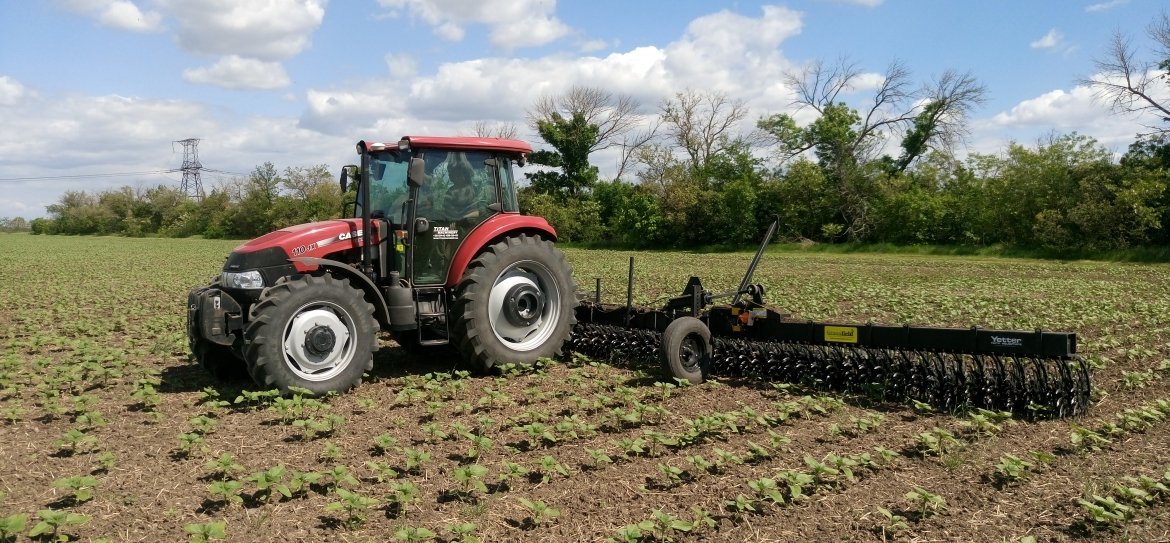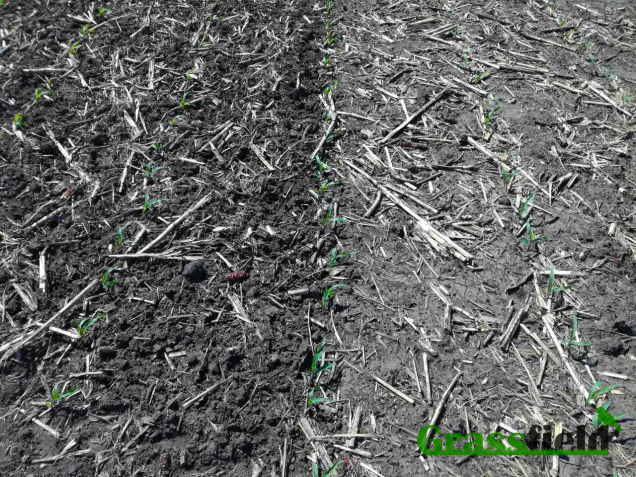
One of the key implements in the machinery arsenal of any farmer is a cultivator.
Cultivators serve as versatile tools suitable for farmers in various agricultural sectors. The range of applications for this implement is quite broad, bringing significant benefits to your fields. With a single pass of a tractor equipped with a rotary cultivator, multiple processes can be accomplished, and the results are immediately visible.
It's worth noting that cultivators offer a wide timeframe for field cultivation. They can be used both in early winter and after crop emergence. Thanks to these characteristics, the popularity of various types of cultivators, both domestically and internationally, including in Ukraine, can be easily explained.
To understand the working principles, let's examine the main components of a cultivator's overall structure. The essential parts of any cultivator include the main frame and the working elements. The working elements are represented by toothed wheels or discs attached to the frame. By considering different types of toothed wheels and the pressure applied to each tooth, the categorization of cultivators becomes more specific, resulting in heavy, medium, and light cultivators. Each type is designed for soil cultivation with different compositions and degrees of looseness.

The operating principles of all cultivator types are very similar, as they share a common structural scheme. Hence, the main process is performed by the wheels, whether they are of the disc or toothed type.
As mentioned earlier, cultivators can be used for field cultivation both in early spring and after crop emergence. The elevated position of the main frame does not damage the plants and gently cultivates the inter-row areas. Moreover, the high clearance allows for operation not only on flat surfaces but also on sloped terrain with an inclination angle of up to 8 degrees, while the working elements still penetrate the soil.
While the functions of cultivators can be theoretically enumerated separately, in practice, they are intertwined. Multiple processes are accomplished with a single pass of the tractor. The comprehensive positive impact of cultivators on the field is difficult to overestimate. Concrete examples of the benefits of using cultivators will be presented in the next article. Here, we will discuss the main objectives of utilizing any cultivator:
- Soil drying
- Breaking up soil crust
- Mechanical weed control

One of the significant advantages of cultivators is their wide range of applications in agriculture, which leads to a high demand for quality machinery. Finding not only an honest manufacturer but also the most advantageous purchasing conditions is crucial. Even before the arrival of new machinery in stock, it is important to be aware of all the nuances of its usage to achieve maximum efficiency.

At Grassfield, we are always ready to assist you in selecting the right equipment for your specific needs, delivering, setting up, and providing training for its operation. A proper approach to machinery ensures long-lasting and effective utilization.
